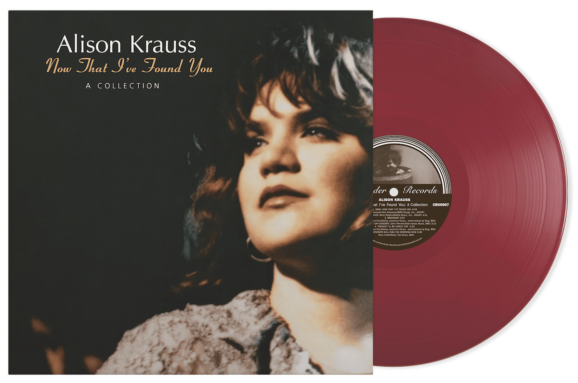Protest music is on the rise as it should be. We Insist! Max Roach’s “Freedom Now Suite” (1960), an important collaboration between jazz drummer Max Roach and lyricist Oscar Brown Jr., featuring vocals by Abbey Lincoln and contributions from Coleman Hawkins and Booker Little, is a defining statement of the early Black American civil rights movement. Unfortunately, many issues from that era are still with us. The album, controversial in its time, was recognized by the Library of Congress as one of the most essential jazz albums in history. Who better to reimagine this classic album than NEA Jazz Master Terri Lyne Carrington, a drummer, composer, educator, bandleader, and activist, who has been at the forefront of social justice as the founder of Berklee’s Institute of Jazz and Gender Justice?
Like the original, which consisted of only five songs, Carrington and her collaborators evoke an array of emotions, ranging from anger to tenderness to joy, through the act of protest. They take a ‘community spirit” approach and add five additional tracks. Most improvisations are collective rather than individual solos. Like Roach, they fulfill his pan-African vision with music that descends from the Mother Continent, rendered by Carrington’s core band and a handful of guests. They are percussionist Weedie Braimah, trumpeter Milena Casado, woodwind master Morgan Guerin, vibraphonist Simon Moulllier, and guitarist Matthew Stevens. Joining them are tap dancer Ayodele Casel, bassist and vocalist Devon Gates, spoken-word and voice contributors Tamia Elliott, Christiana Hunte, Ian Michael, and Zacchaeus Paul. Lizz Wright joins on tambourine for three tracks.
Dashiel is too polished and too respectful to imitate Lincoln’s vocals on opener “Driva’man,” a song about forced labor. The tambourine sound in the original was interpreted by many as a lashing whip. Carrington deviates, inserting Braimah’s percolating congas to give it an Afrofunk treatment with the ostinato bass pattern and Stevens’ guitar creating an unsettled feeling, but flips the script in the second section by bringing an element of dance via horns, and thereby joy. Dashiel’s sensual whispering voice, which grows to a wail, imbues the neo-soul vibe of “Freedom Day (Part 1)” while Carrington’s “Part 2” raises the tempo and brings it to the dance floor. Dashiel displays uncanny phrasing and dynamic command in “All Africa,” where Elliott and Michael recite Brown Jr.’s poetry amidst a full band rendering. Hunte is the primary voice among several on “Boom Chick,” a tune composed by Carrington, which features only stomps and claps. Dashiel and Gates alternate their voices in a glossary of resistance (in place of Lincoln’s screams) in the co-write between Carrington and Gates in a free jazz styled “Triptych: Resolve/Resist/Reimagine.” In the final section, tap dance syncopations intertwine with ostinato bass clarinet and tom patterns, evoking Roach’s original gestures.
“Tears for Johannesburg,” arranged by Guerin, retains the funky pattern that James Brown adopted for “Lickin’ Stick.” More importantly, it features the only remaining member from the original album, 89-year-old trombonist Julian Priester, who weighs in with a vigorous solo alongside Dashiel’s soaring wordless vocals. Carrington’s original poetry is on display as she honors Abbey Lincoln in “Dear Abbey,” with Elliott’s recitation accompanied only by Braimah’s congas and Carrington’s percussion. “Freedom Is,” by Carrington and Stevens, updates the concept of freedom to today with lines like “going to school without walking through a metal detector.” Orators swap lines in poem recitation over mostly a percussive backdrop of four band members, and Moullier on marimba with the two horns darting in and out, mostly ‘out’. The closer, Carrington’s “Joyful Noise,” features a full complement of voices and band members as they frame the vocals from Dashiel and Paul, as well as Emmett G. Price III’s oration, with a mix of electronics and acoustic elements in an exhilarating sendoff, celebrating the concept of freedom.
We Insist 2025 is not only an important statement for this year. It will endure for years to come, reimagined art at its finest.








